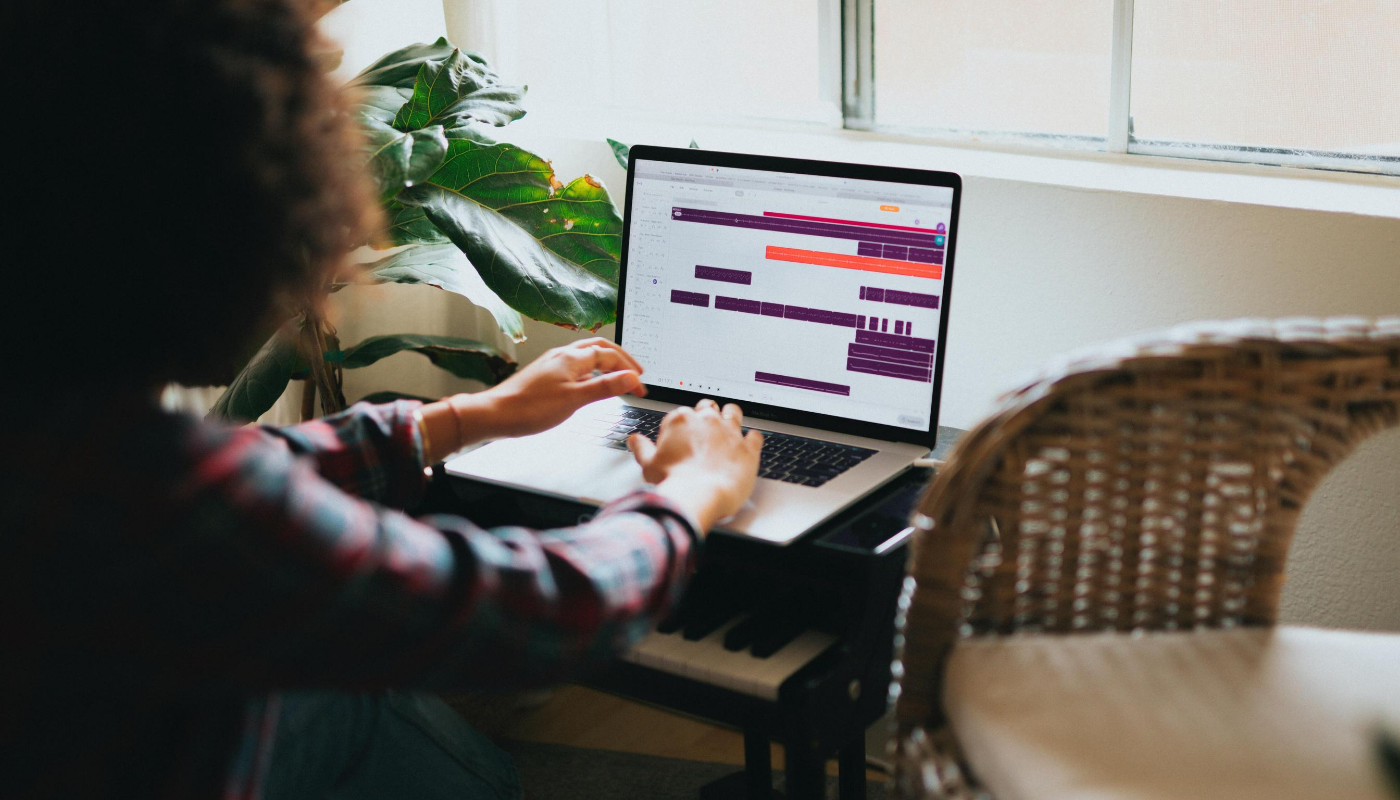
For teachers, March 2020 changed the face of our day-to-day work. Our schools may have closed because of the pandemic, but learning continued.
I’ve been a teacher for 19 years and like many of us drawn to this profession, I’ve always worked hard to go above and beyond – often to my husband’s befuddlement. He struggles to understand why I work so hard so often, after so many years.
“This isn’t your first rodeo!” he says, using his favorite expression.
“You just don’t understand,” I respond. “This is what it takes these days to get it all done, and done well.”
So three years ago, he was really puzzled when I decided to essentially start over by plopping myself right back to feeling like a first-year teacher. I volunteered to serve as one of the teachers in my high school who would pilot a school-within-a-school model called Summit Learning.
I’ve definitely grown over a three-year span with Summit Learning. Year One was especially filled with learning. I learned how to navigate the platform features. I learned how to integrate the curriculum with a duty of care with my district’s curriculum and with our college-in-high school partners for AP and dual enrollment courses. I also learned how to make timely instructional decisions using data that was now at my fingertips.
“Phew, that all seemed like a lot.”
Then came Year Two, where I learned how to provide a more personalized approach. I learned that providing my students with academic support that’s “there if they need it” could in fact be preventing them from stretching and growing as learners. So I began to be more patient, allowing students to demonstrate the need before I offered them certain support.
After that second year, I felt like I had Summit down! But wait, I should be customizing projects, too? I thought I was doing that by personalizing their learning. What’s the difference? I soon found out in Year Three.
The third year with Summit Learning helped me understand the difference between personalizing and customizing for students, and why both are important for improving their learning experiences.
“Come on growth mindset. Don’t fail me now! I’ve got this.”
Three quarters of the way through the third year, I felt like I was rockin’ and rollin’ with Summit. I was customizing resources and checkpoints to try to get more students to their ZPD (Zone of Proximal Development) and, of course, “tasting the soup.” (Thank you Fall Convening and Learning Space resources for that phrase!)
“Now I’ve really got it!”
Enter March 2020 and “The Covid Shuffle.” It became a minute-by-minute dance: two steps back, one step forward, two spins left, and now hurry up and repeat. We were all forced to learn this shuffle in the moment – seemingly in the dark – with the tempo ever-changing mid-move.
As the days and weeks passed, something quite interesting happened for me. The abrupt change in our school day and the need for creativity with our interactions turned this into an exciting opportunity. We were forced to shift from what we knew and how we went about it. There were times when it felt like we were failing, but the learning continued for all of us.
Because I had to meet a variety of needs for a variety of outcomes in a variety of new ways, I realized I had become a customization maestro!
No longer did it seem to matter which project was next on the platform. What mattered was determining how to provide a meaningful experience for each student. I was motivated to help them engage with the learning and finish the year strong despite the circumstances.
For the first time, my students’ experiences looked and sounded very different from each other even though we were all on the same metaphorical stage.
For example, in one class, three students recorded themselves presenting a speech that argued a topic of their choice. Another student delivered her speech live via Google Meet. Another created a video of herself acting as two different characters arguing with each other as if they were at a rowdy school board meeting. And four other students prepared for a live two-on-two debate. Same cogs; nine different experiences.
Without Summit Learning, not only would this have been more challenging for me to implement, but I probably wouldn’t have entertained the idea of so many different parts playing at once.
Students felt the same. They found their experience with Summit Learning pre-school closure helped them not skip a beat as they remained engaged in meaningful work during school closure, too.
One 10th-grader, Kenzie, who presented a persuasive speech virtually, said she really liked having more free time and felt she was able to plan and organize her work better despite not being in a classroom.
Another 10th-grader, Emmalie, who participated in the virtual four-person debate, said, “I think the school closure helped me learn how to get over obstacles. But because of Summit, it wasn’t that hard of a transition because we were used to self-directed learning.”
Pre-Covid shutdown, I customized support and resources for my students. Post-Covid shutdown, I customized their experiences, facilitating myriad parts playing in tandem. Yes, I’ve always worked hard and have been proud of it. But now I can concede that because of Summit, my work looks different.
So, what to expect in Year Four? I plan to continue to grow my skills at using the Summit Learning model to its full capacity, as a facilitator of personalized and customized learning experiences.
Regardless of what the structure of school looks like in the year ahead, I hope to allow each student to “play” in their own way – maybe sometimes in the dark, maybe with different moves than each other, maybe with a tempo that ever-changes – and I hope to allow myself to guide them while they do the work.
After all, as my husband is quick to point out, this isn’t my first rodeo.

